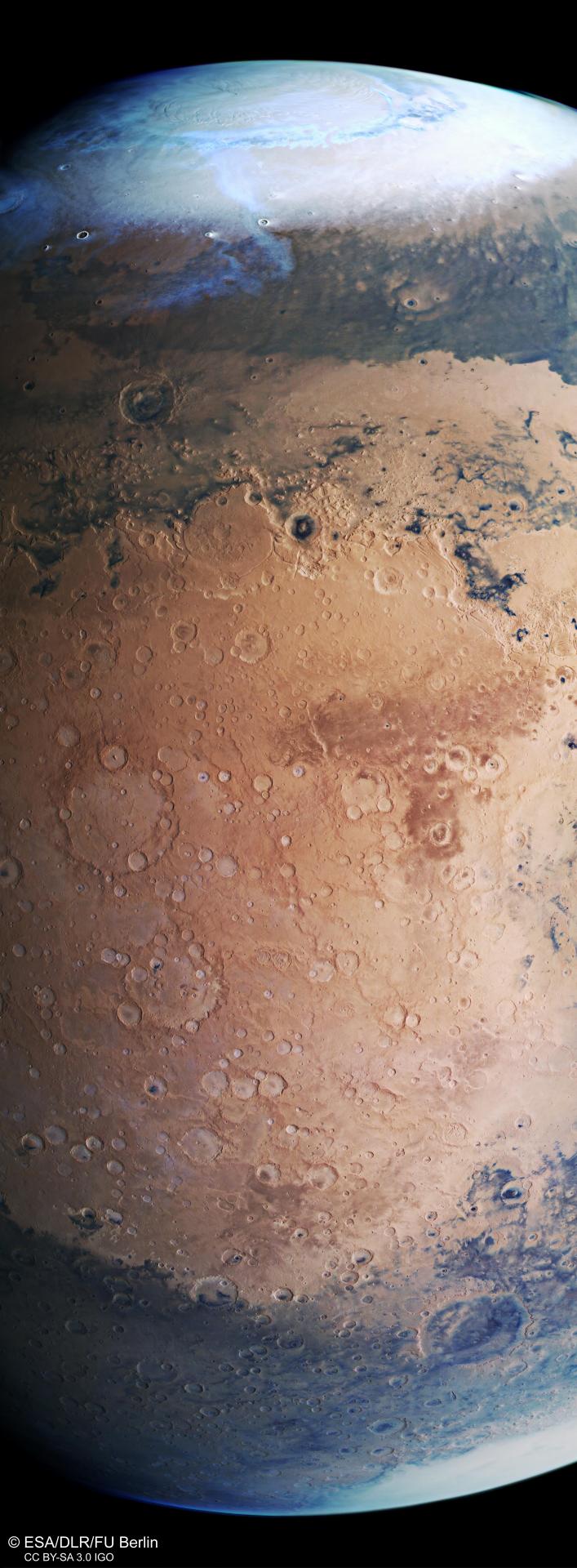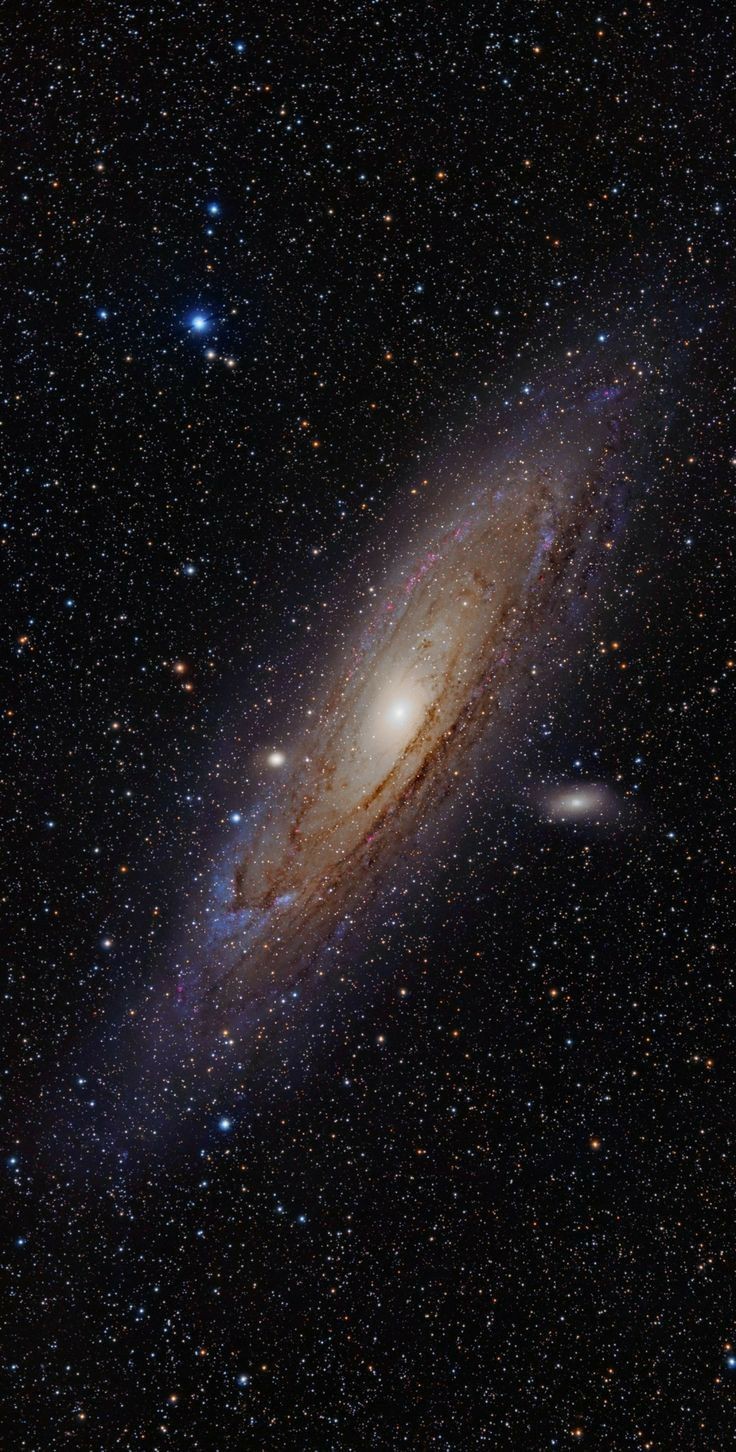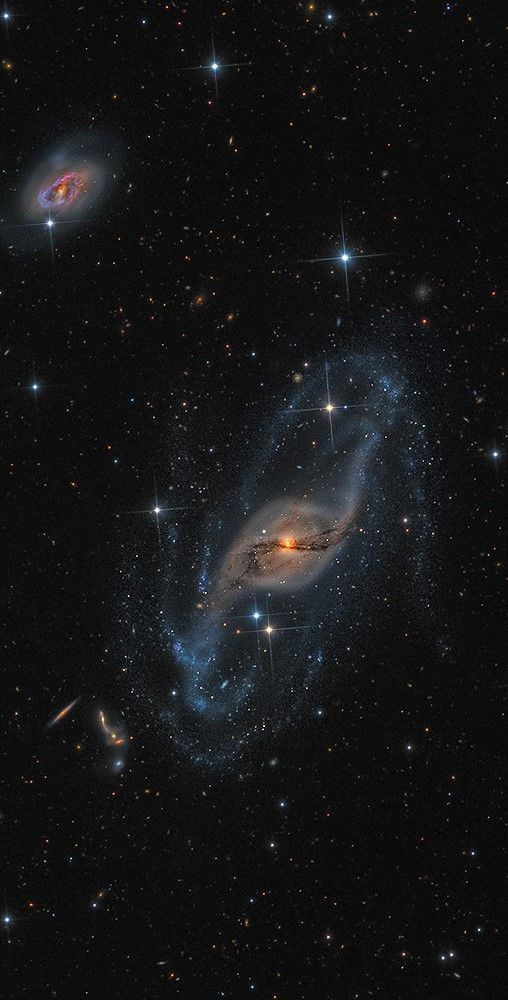Hubble Classic: Stars, Galaxies And Nebulae









Hubble Classic: Stars, Galaxies and Nebulae
More Posts from Ad-astra-affecte-spe and Others

The dancer in Dorado
800 megapixel
Clearest photo of a galaxy you will ever see!

Venus and Pleiades

Mars, as seen by ESA's Mars Express satellite

Corona Australis
Nebula is mostly hydrogen gas, and a small amount of metals (elements above helium) which tend to be covered as "Dust", but it's the dust that best reflect the light of the stars, and as the largest and most energetic of them are blue, you get these areas of blue haze. Hydrogen more often glows red when bombarded by UV light, the two colours together quite magical.

The area has a number of NGC objects 6726,6727,6729 but born of the same huge molecular cloud.
Our Milky Way has many such areas full of star birth, and as blue giants are not long lived, supernova and star death too.
New pics of Io just dropped

More are over here at NASA's Juno probe site.



Andromeda over the Swiss Alps Image Credit: Dzmitry Kananovich

November 12, 1980: Voyager 1 made its closest approach to Saturn, flying within 124,000 kilometers (77,000 miles) of the ringed planet.

What did Hubble see on your birthday? (x)
Dec. 3, 2009 - Stellar Jewel Box NGC 3603
-
 sparrownnax reblogged this · 2 months ago
sparrownnax reblogged this · 2 months ago -
 sparrownnax liked this · 2 months ago
sparrownnax liked this · 2 months ago -
 y2ksnowglobe reblogged this · 2 months ago
y2ksnowglobe reblogged this · 2 months ago -
 lavenderro liked this · 7 months ago
lavenderro liked this · 7 months ago -
 rauhassa reblogged this · 8 months ago
rauhassa reblogged this · 8 months ago -
 etooz reblogged this · 8 months ago
etooz reblogged this · 8 months ago -
 susieexo liked this · 8 months ago
susieexo liked this · 8 months ago -
 honey-and-other-love-potions reblogged this · 8 months ago
honey-and-other-love-potions reblogged this · 8 months ago -
 androgynousmoth liked this · 8 months ago
androgynousmoth liked this · 8 months ago -
 probablymoons liked this · 8 months ago
probablymoons liked this · 8 months ago -
 slightlyfl0ating reblogged this · 8 months ago
slightlyfl0ating reblogged this · 8 months ago -
 slitelyfloating liked this · 8 months ago
slitelyfloating liked this · 8 months ago -
 urbansamurai007 reblogged this · 8 months ago
urbansamurai007 reblogged this · 8 months ago -
 nehcterg reblogged this · 8 months ago
nehcterg reblogged this · 8 months ago -
 formerly-feckity-feckers reblogged this · 8 months ago
formerly-feckity-feckers reblogged this · 8 months ago -
 thatbearmayne reblogged this · 8 months ago
thatbearmayne reblogged this · 8 months ago -
 urine8 reblogged this · 8 months ago
urine8 reblogged this · 8 months ago -
 urine8 liked this · 8 months ago
urine8 liked this · 8 months ago -
 ryneidai reblogged this · 8 months ago
ryneidai reblogged this · 8 months ago -
 holdmeatmidnight reblogged this · 8 months ago
holdmeatmidnight reblogged this · 8 months ago -
 angelic-pancake liked this · 8 months ago
angelic-pancake liked this · 8 months ago -
 dead-pretty reblogged this · 8 months ago
dead-pretty reblogged this · 8 months ago -
 rapunzel-withthegoodhair liked this · 8 months ago
rapunzel-withthegoodhair liked this · 8 months ago -
 urban-troutfitters reblogged this · 8 months ago
urban-troutfitters reblogged this · 8 months ago -
 all-that-remains reblogged this · 8 months ago
all-that-remains reblogged this · 8 months ago -
 sweetsnsheets reblogged this · 8 months ago
sweetsnsheets reblogged this · 8 months ago -
 crabbybun reblogged this · 8 months ago
crabbybun reblogged this · 8 months ago -
 serapheseraphim reblogged this · 8 months ago
serapheseraphim reblogged this · 8 months ago -
 serapheseraphim liked this · 8 months ago
serapheseraphim liked this · 8 months ago -
 feuerschutz reblogged this · 8 months ago
feuerschutz reblogged this · 8 months ago -
 feuerschutz liked this · 8 months ago
feuerschutz liked this · 8 months ago -
 isntbob reblogged this · 8 months ago
isntbob reblogged this · 8 months ago -
 isntbob liked this · 8 months ago
isntbob liked this · 8 months ago -
 m-othernature reblogged this · 8 months ago
m-othernature reblogged this · 8 months ago -
 firabandit reblogged this · 8 months ago
firabandit reblogged this · 8 months ago -
 firabandit liked this · 8 months ago
firabandit liked this · 8 months ago -
 divination-bi-ct-h liked this · 8 months ago
divination-bi-ct-h liked this · 8 months ago -
 pessimisticprincess reblogged this · 8 months ago
pessimisticprincess reblogged this · 8 months ago -
 unsuredefleur reblogged this · 8 months ago
unsuredefleur reblogged this · 8 months ago -
 unsuredefleur liked this · 8 months ago
unsuredefleur liked this · 8 months ago -
 malnedott reblogged this · 8 months ago
malnedott reblogged this · 8 months ago -
 muratalien liked this · 9 months ago
muratalien liked this · 9 months ago -
 onlyouinmylife reblogged this · 9 months ago
onlyouinmylife reblogged this · 9 months ago -
 lonelyhumann liked this · 10 months ago
lonelyhumann liked this · 10 months ago -
 angelwhoangelyou54 reblogged this · 10 months ago
angelwhoangelyou54 reblogged this · 10 months ago -
 herald-of-galactus reblogged this · 10 months ago
herald-of-galactus reblogged this · 10 months ago -
 justwalt liked this · 1 year ago
justwalt liked this · 1 year ago -
 luminariet liked this · 1 year ago
luminariet liked this · 1 year ago -
 bi-hans liked this · 1 year ago
bi-hans liked this · 1 year ago -
 verianime liked this · 1 year ago
verianime liked this · 1 year ago

★•Astronomy, Physics, and Aerospace•★ Original and Reblogged Content curated by a NASA Solar System Ambassador
204 posts